Are you ready to transform from a casual shutterbug into a master of documentary photography? Buckle up because we're about to embark on a wild ride through the world of capturing real life in all its messy, beautiful glory. Whether you're a beginner with a smartphone or a hobbyist with a fancy DSLR, these tips will have you snapping like a pro in no time!
1. Become a Ninja of research before you even think about picking up your camera, channelling your inner Sherlock Holmes and diving deep into your subject. Imagine you're investigating a secret society of squirrels plotting world domination. You need to know everything: their nutty habits, their acorn-hoarding techniques, and their tiny tree-top headquarters. The more you know about your subject, the better you'll be able to anticipate those perfect documentary moments. Plus, you'll have some killer conversation starters at your next dinner party. "Did you know squirrels can fall from 100 feet without getting hurt? Speaking of which, pass the nuts!
2. Master the Art of InvisibilityNo, we're not talking about Harry Potter's cloak here. To capture authentic moments, you must blend into your environment like a chameleon at a paint store. Practice your best "I'm just a lamp" pose or perfect your "I'm a very life-like statue" stance. The key is to make your subjects forget you're there. This might involve some unconventional camouflage techniques. Tree bark body paint, anyone? Remember, if someone mistakes you for actual furniture and tries to sit on you, you've gone too far.
3. Patience: Your New Middle NameDocumentary photography is like fishing, but instead of waiting for a bite, you're waiting for that perfect moment when your subject does something incredibly human or hilariously candid. You might be thinking, "But I have the attention span of a goldfish!" Fear not! We have a solution. Try turning your waiting game into a bizarre version of I-Spy. "I spy with my little eye... a man about to sneeze so hard his toupee might fly off!" Before you know it, you'll have spent hours waiting for the perfect shot without realizing it.





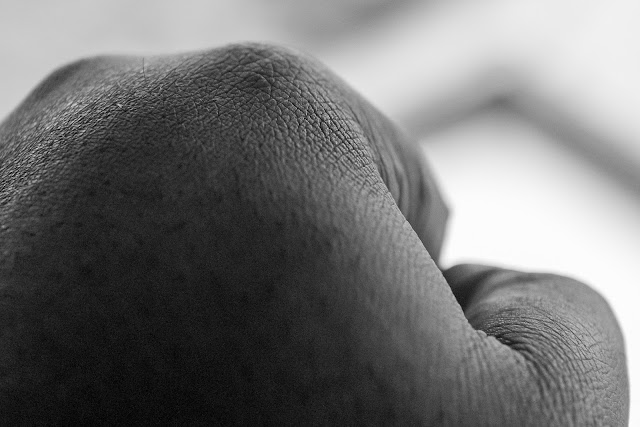














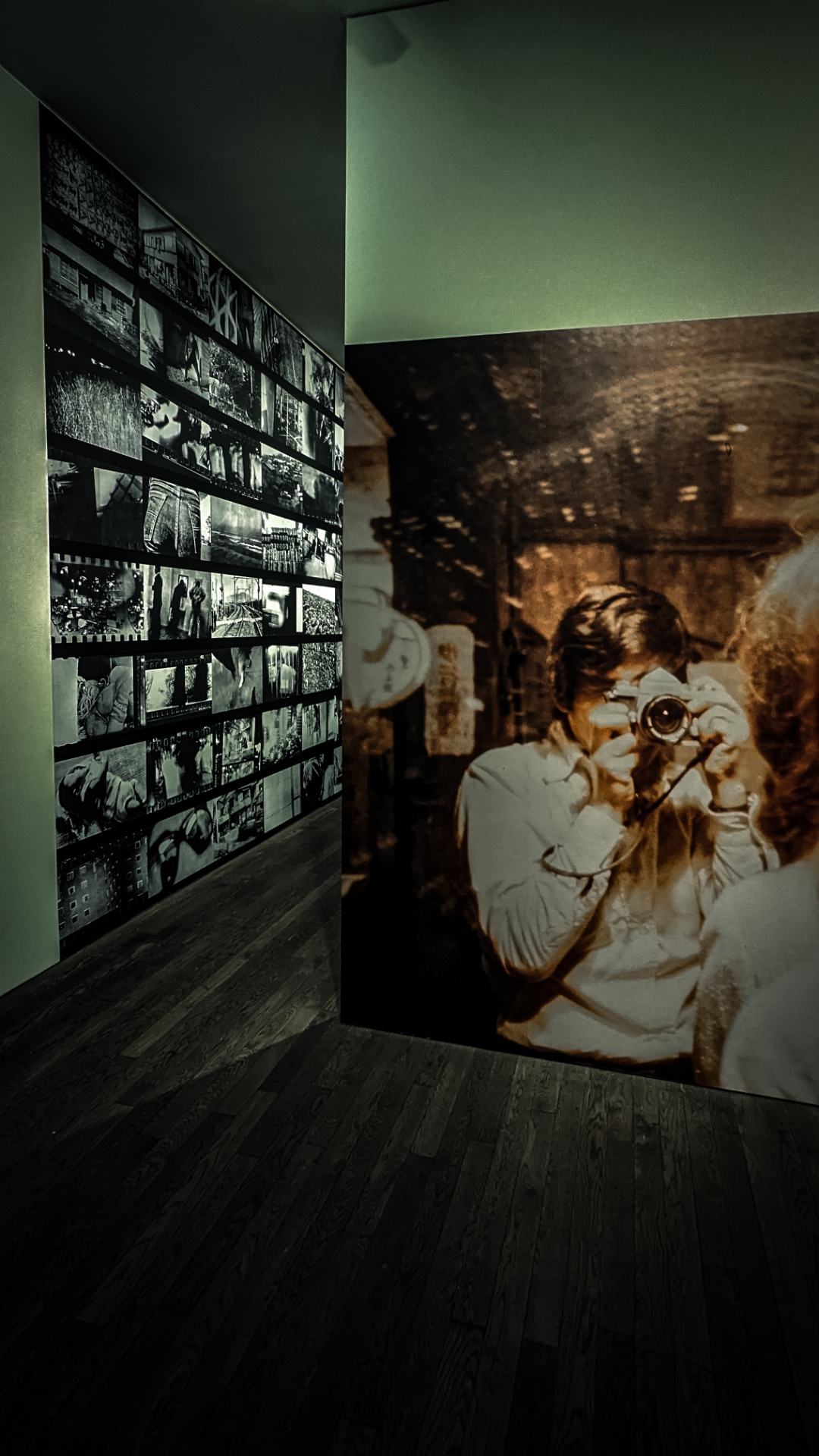










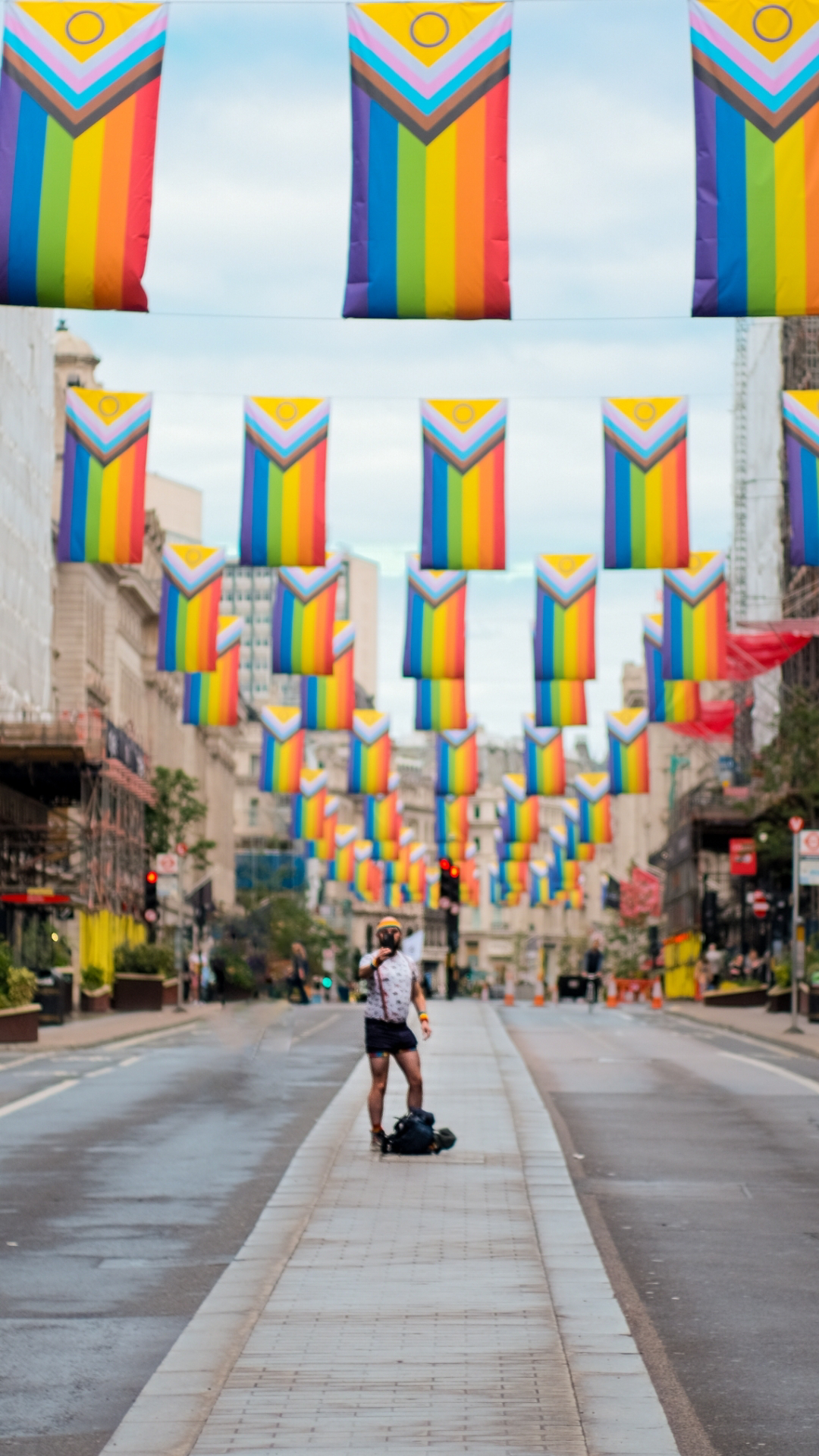










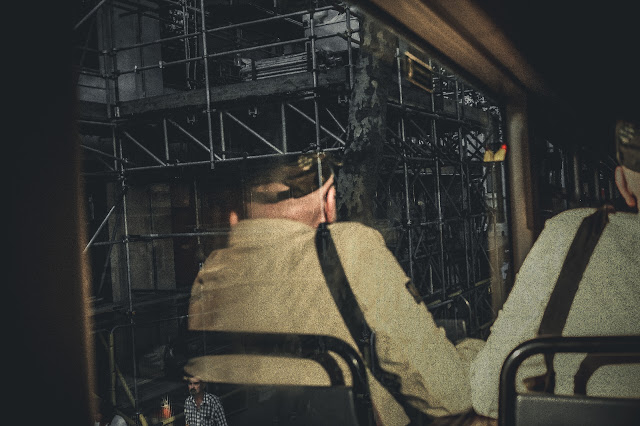




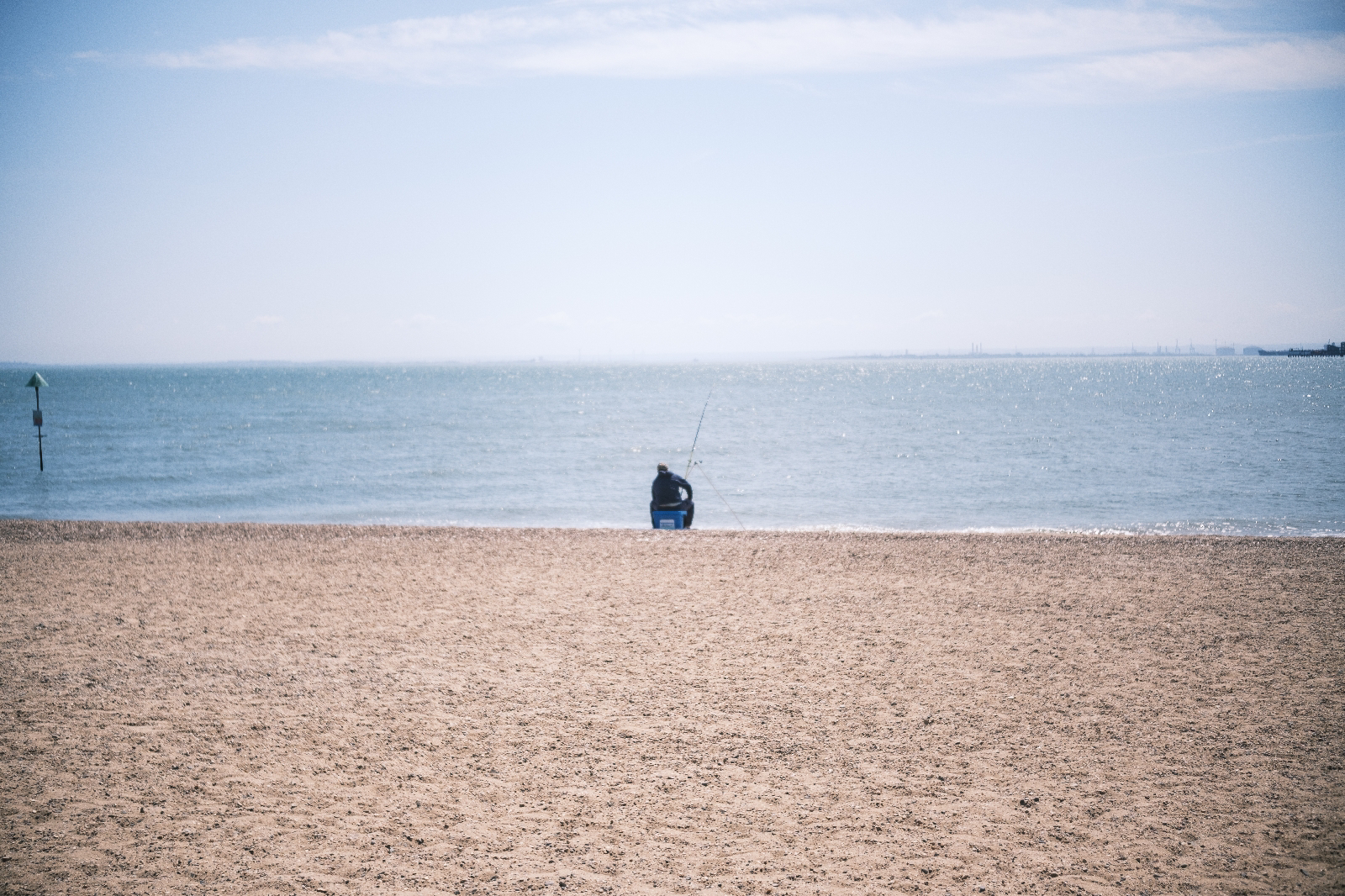




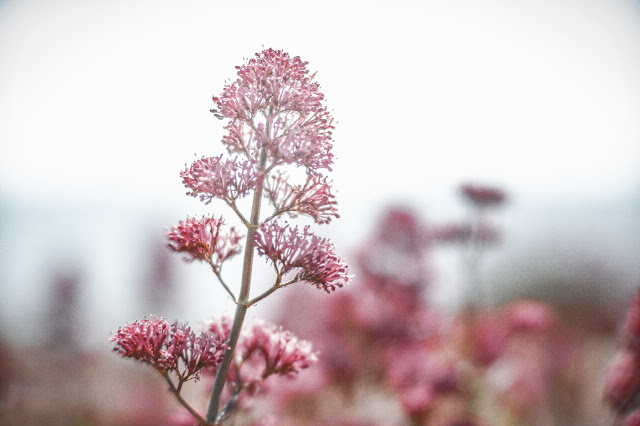


.png)








